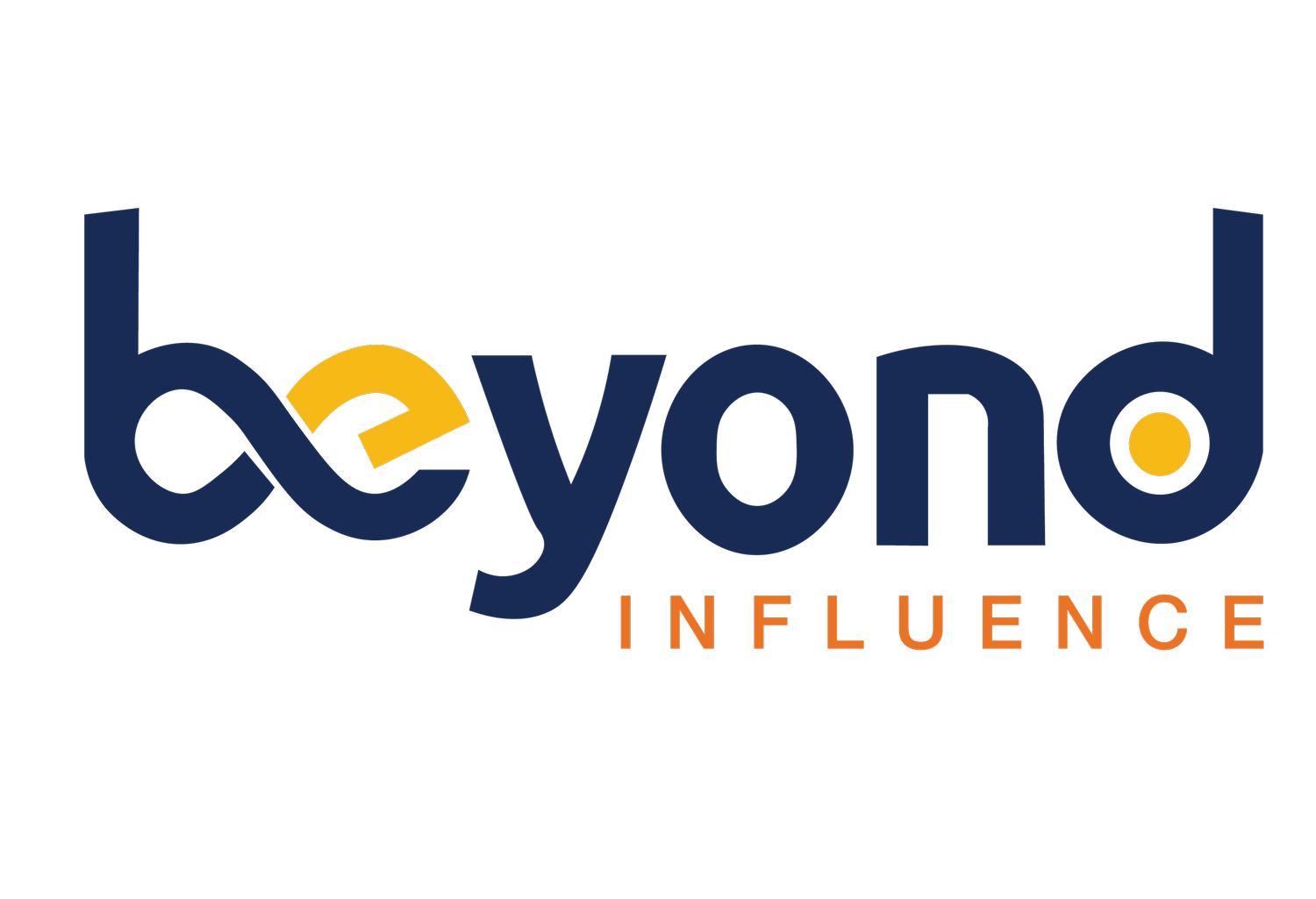Is De-Influencing the opposite of Influencing?
Written by Jeanette Okwu
As the influencer marketing landscape takes off and evolves faster than anticipated, a new trend is gaining momentum on TikTok - de-influencing. This is where creators share their negative opinions on products and actively discourage their audience from buying them. While this may seem counterintuitive to the traditional promotion tactics of influencer marketing, it is a reminder to brands that influence does not always equate to advocacy.
Back to the beginning leads to the future
Influencers are change agents with the power to form or change opinions within their community and alter consumer behaviors. However, the erosion of trust in influencers due to issues of authenticity and bias has led to a growing skepticism among consumers. This has led to a shift in the industry towards prioritizing subject matter expertise, trustworthiness, and credibility over follower count when selecting influencers for brand collaborations.
The de-influencing trend catalyzes this shift, as it highlights the importance of building authentic relationships with followers rather than solely promoting products. Creators who are transparent about their opinions on products, both positive and negative, are more likely to earn the trust and loyalty of their audience. Therefore, brands should consider potential collaborators' values, beliefs, and worldviews in addition to their reach and engagement metrics.
Furthermore, honest de-influencing reviews can be beneficial for brands that are willing to listen and make improvements. Brands should use negative de-influencing content as an opportunity to address concerns and provide context or corrections, rather than being defensive. However, they must be cautious not to engage in fake reviews, which can have legal and reputational consequences.
Preaching to the choir - brands must adapt
The de-influencing movement highlights the importance of authenticity and credibility in influencer marketing. Brands should work with influencers who prioritize these values and focus on building genuine connections with audiences to achieve long-term success.
The emergence of the de-influencing trend on TikTok raises essential questions about the nature of influence in the digital age. In recent years, social media influencers have become dominant in consumer culture, wielding the power to shape our purchasing decisions and brand preferences. However, as the de-influencing movement shows, influence is not necessarily synonymous with advocacy. The relationship between influencers and their followers is far more complex than a simple transactional exchange.
De-influencing is the opposite of the more common #TikTokMadeMeBuyIt trend, where influencers showcase and recommend products to their followers. This trend is similar to the “anti-haul” movement on YouTube, where creators refuse to buy certain products and explain their reasoning to their audience. Instead, de-influencing involves critiquing products and advising against their purchase.
The rise of de-influencing may be a response to the excessive promotion of consumerism by influencers, which has led to a growing sense of over-consumption and a backlash against the idea that we must constantly buy new products. De-influencing is also a way for creators to reaffirm their authenticity and credibility to their followers by showing that they are not simply shills for brands but have their best interests at heart.
However, the motivations behind de-influencing are complex, and not all creators who engage in this trend may be doing so in good faith. Some may see it as a way to generate new content or appeal to savvy consumers by redirecting them to alternative products. Others may use it to signal their values and beliefs to their audience as part of a broader personal branding strategy.
To be honest - be honest
Despite these complexities, de-influencing highlights an important lesson for brands: influence is not always positive, and it is crucial to distinguish between genuine advocacy and mere promotion. Brands need to be open to honest criticism from influencers and should use negative feedback as an opportunity to improve their products and services.
A subtrend of the de-influencing movement can be found in dishonest influencing, where brands use the trend to discredit competitors. Be aware this stuff is a matter for regulators and can backfire.
Honest de-influencing reviews, however, can be positive for brands willing to listen and make improvements. Rather than being defensive, brands can use negative de-influencing content as an opportunity to address concerns and provide context or corrections. However, brands must be careful not to engage in fake reviews, which can have legal and reputational consequences.
Ultimately, the de-influencing movement serves as a reminder to brands that the success of influencer marketing depends on building genuine connections with audiences and collaborating with influencers who prioritize authenticity and credibility.

